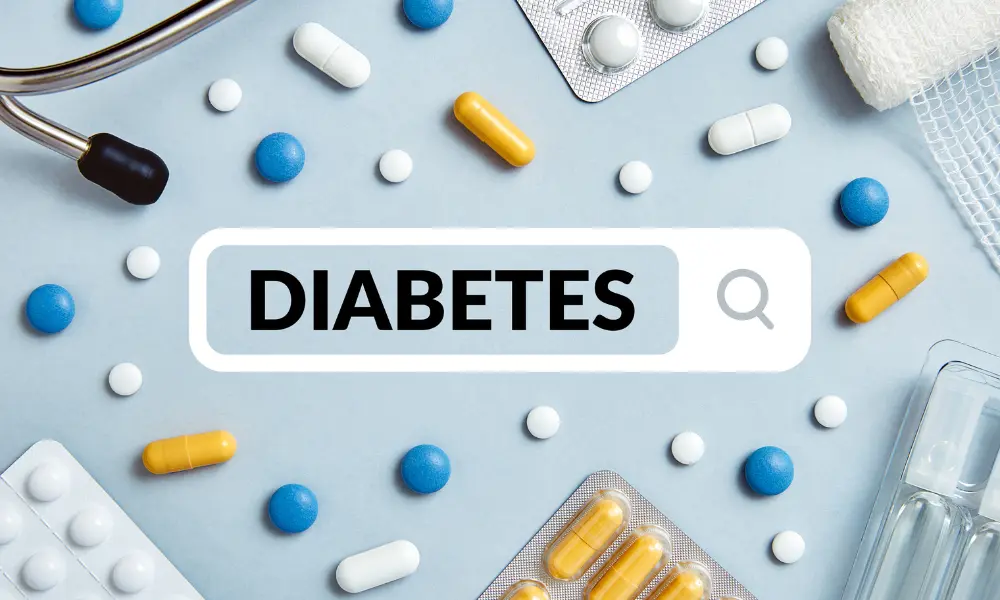Our bodies constantly communicate with us, sending signals when something isn’t quite right. Diabetes does not develop overnight—it gives early warning signs that many people overlook. Paying attention to these physical changes can help an individual detect diabetes early, allowing for timely intervention and better health management.
Here are eight physical clues that may indicate an individual’s body is developing diabetes.
-
High blood pressure: Many people with diabetes also struggle with high blood pressure. Excess insulin in the bloodstream can narrow blood vessels, making the heart work harder. If your blood pressure remains high despite a healthy lifestyle, it might be time to check your blood sugar.
-
A hard, dense stomach: A firm, rock-hard belly isn’t always a sign of strength. Unlike soft fat, a hard, dense stomach is often caused by deep visceral fat, which is strongly linked to diabetes. This fat interferes with insulin function, making blood sugar levels harder to control.
-
Skin tags: Are you suddenly noticing small, soft skin growths on your neck, armpits, or eyelids? While skin tags are common, an increased number of them can be linked to high insulin levels, which may be an early sign of diabetes.
-
Swollen feet and ankles: If the feet or ankles swell frequently, it could indicate poor circulation, which is a common issue in people with high blood sugar levels. Diabetes generally affects the blood flow and lead to fluid retention, making your feet appear swollen or puffy.
-
A waistline that is more than half your height: Excess belly fat—especially when your waist circumference is more than half your height—is a strong predictor of insulin resistance and diabetes. A thick midsection suggests that visceral fat accumulates around your organs, increasing the risk of metabolic diseases.
-
A fatty or flabby neck: It could be a warning sign if you’ve noticed a thicker or flabbier neck. Fat accumulation around the neck is often linked with metabolic syndrome and insulin resistance both of which may increase the risk of diabetes.
-
A hump on the back of the neck: A small fatty hump at the base of the neck (often called a “buffalo hump”) could signal hormonal imbalances related to diabetes and insulin resistance. It may also indicate Cushing’s syndrome, which can increase blood sugar levels.
-
Darkened skin around the neck and armpits: If you notice dark, velvety patches of skin on your neck, underarms, or groin, it could be a sign of insulin resistance—a major red flag for prediabetes and type 2 diabetes. This condition, called acanthosis nigricans, occurs when excess insulin triggers abnormal skin cell growth.
Being aware of these eight physical clues and taking timely action can help individuals to lower the risk of developing diabetes. Additionally, one must undertake diabetes test to know the risk and manage it timely.
This article is meant for informational purposes only and must not be considered a substitute for professional advice.





